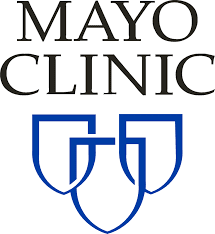Resident life is hard. After years of living, studying, and breathing medicine, they are finally one step closer to officially being able to practice. Medical residencies can take three years for primary care physicians, but some surgical specialties require even more training time to develop new procedures without risking lives, sometimes up to seven years. And did we mention that training is not a breeze?
.
Its hard work and some of it is not for the queasy. Residents need cadavers for educational purposes, but these are difficult to come by. In the United States, only 20,000 bodies are donated to science every year, that’s barely enough to satisfy a population of more than 27,000 residents . Plus you need to add the costs of purchasing them, according to an article by The New York Times, delivery of an intact cadaver costs as little as $1,000, but different specialists seek […]
Case Study: How PepsiCo achieved 96% cost savings on tooling with 3D Printing Technology
Above: PepsiCo food, snack, and beverage product line-up/Source: PepsiCo PepsiCo turned to tooling with 3D printing...





0 Comments